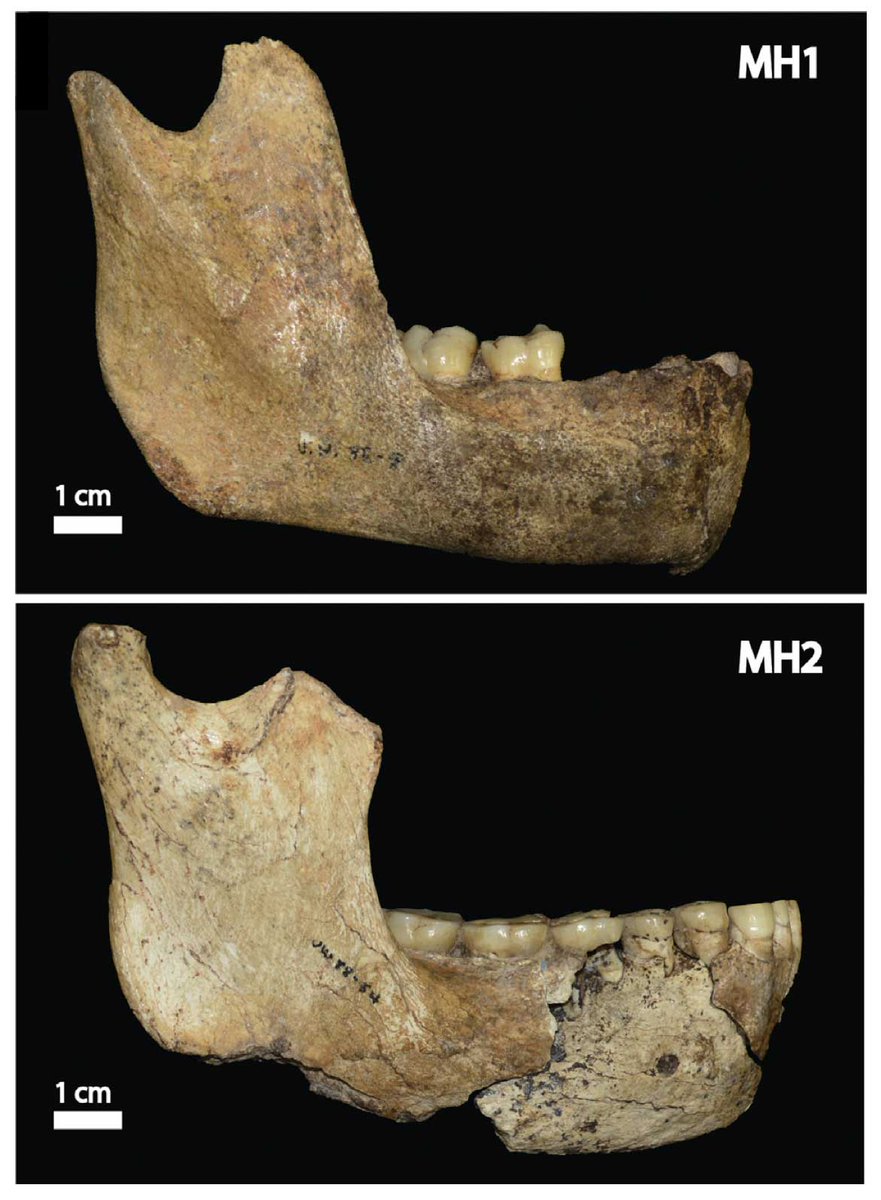
This quote from Anders Bergström @pontus_skoglund @ChrisStringer65 @DrEleanorScerri @MatejaHajdi carries an essential message: Genomic data today are not good enough to tell us how and when today's populations of humans started to emerge. doi.org/10.1038/s41586… 

One way of casting this lack of knowledge is to say maybe there was no "origin", that we are looking backward through a cloudy lens at a gradual mixing process that never had a beginning. This idea comports with what we know about continued Neandertal-African mixing.
Yet with Neandertals we intently focus on mechanism: "How much mixing happened, on how many occasions, and how much did it matter?" Surely this must factor into the way we look at evolution within Middle Pleistocene Africa also. With more data, we will focus on those questions.
I think we have to continue to ask, if a pattern of isolation of subpopulations with occasional mixing was the one by which today's people evolved, and that occasional mixing is what tied them together, then on what principle do we exclude Neandertals from this pattern?
• • •
Missing some Tweet in this thread? You can try to
force a refresh







